#Belozersky
Explore tagged Tumblr posts
Text

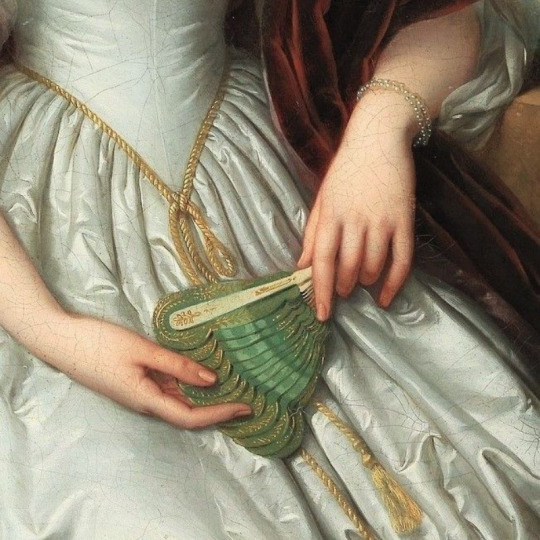

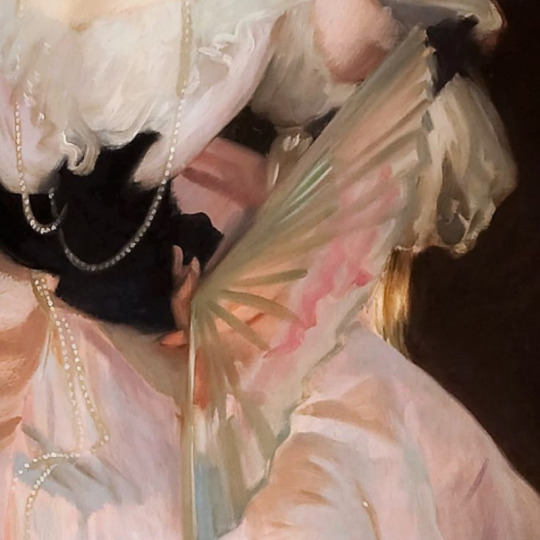


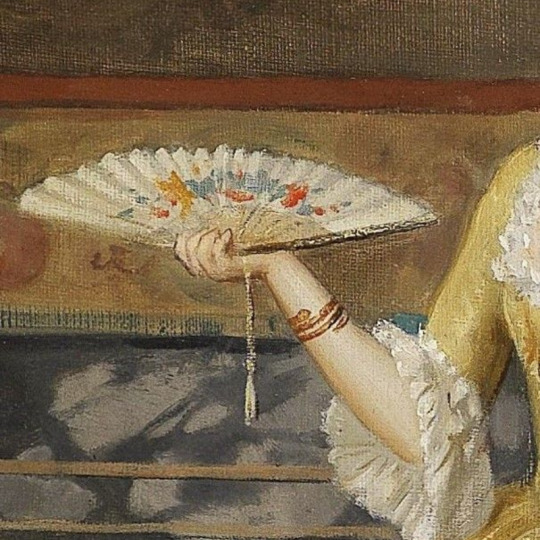
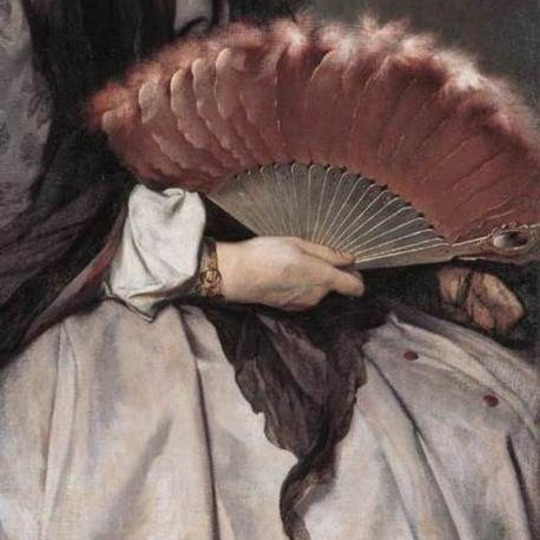





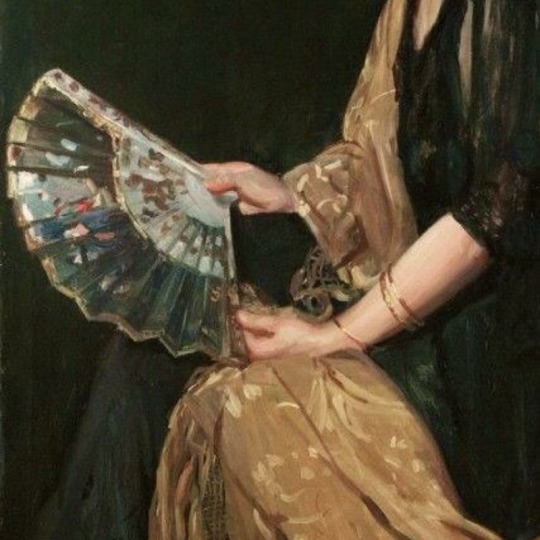
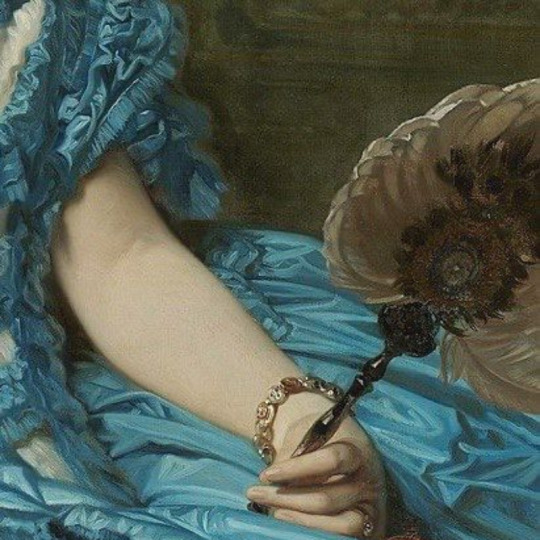
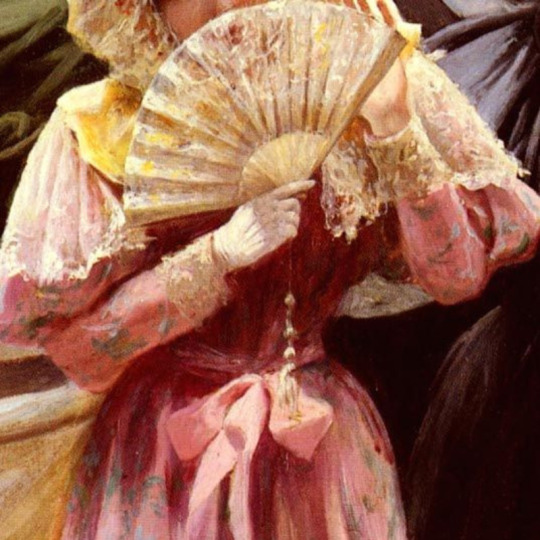


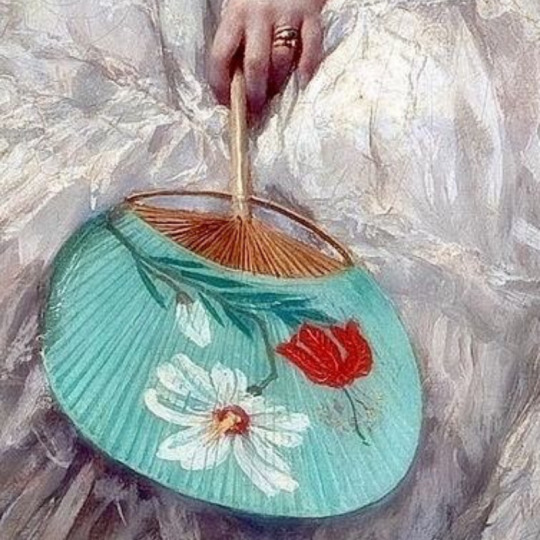
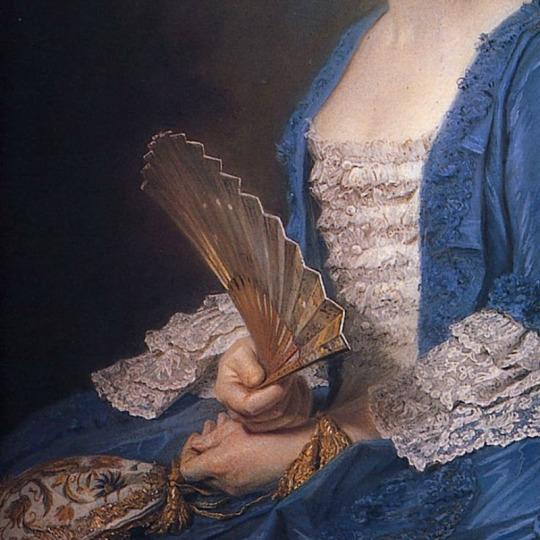



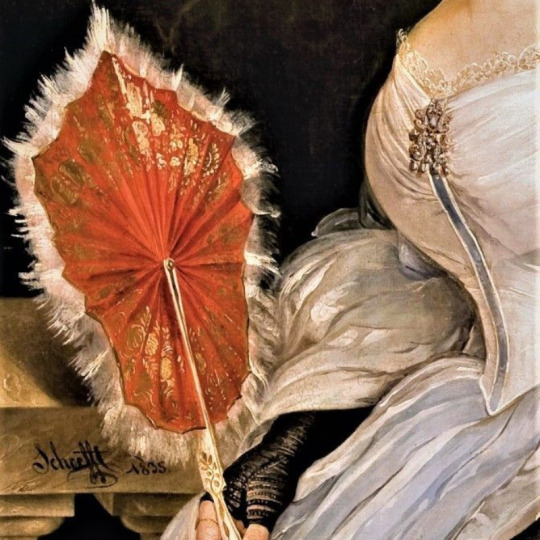



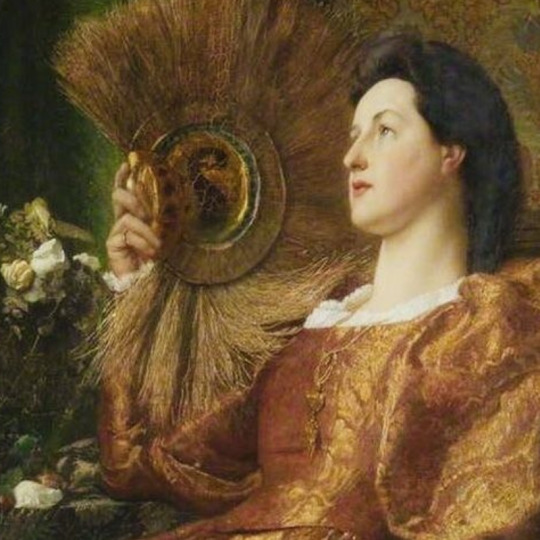
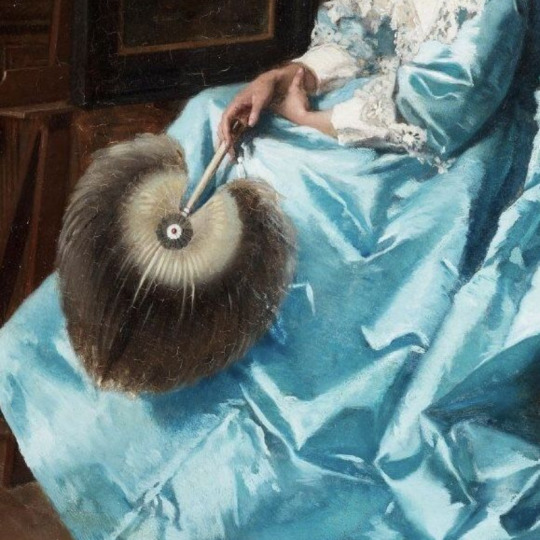
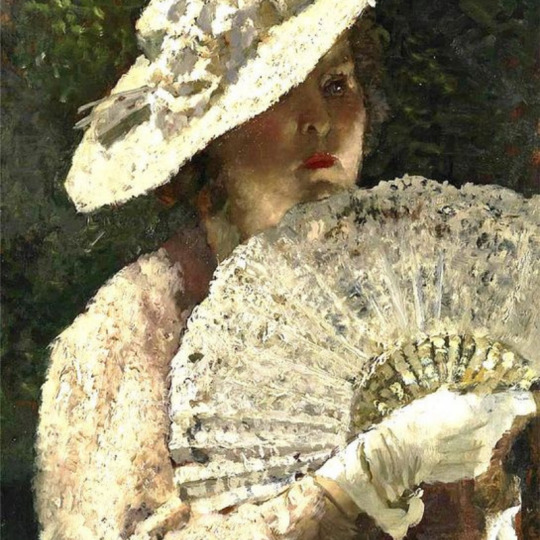
fans + art
#artist is i think l gerard#this post is going be kinda hard to find some of the paintings and artist because they are cut off but im trying my best#artist i cannot find#i love another by abraham solomon#adele meyer mrs carl meyer by john singer sargent#cant find this artist#cant find artist nor painting#artist is franz von persoglia#i think this is anselm feuerbach#princess elena pavolovna belosselsky-belozersky by christina robertson#cant find artist or painting name#portrait of madame fanny leontine gronkowska by barbara mackay#artist is frederick warren freer#princess mathilde bonaparte by edouard-louis dubufe#the japanese fan by elizabeth reynolds finley#the painting is called blue dress but i cant find the artist#leaving the ball opera by pedro pierre ribera#elegant lady with a fan by ludwig knaus#idle thoughts by auguste toulmouche#can't find artist or painting#marie madeleine mazade by maurice quentin de la tour#cant find anything on this one#portrait of mrs. francis stanton blake by julius le blanc stewart#artist is jean francois portaels#artist is august schoefft#mary frances mackenzie by frank dicksee#artist is jan adam kruseman#can't find anything on this#artist is sir william blake richmond#artist is jean de la hoese
230 notes
·
View notes
Text


The Inquisitor (original artwork) vs The Inquisitor (Chantry rendition)
based off of Portrait of Princess Belozersky by Elisabeth Vigée-Lebrun
#thinking about non-human inquisitors and their identities being erased :\\\\\#big oof#dw Josie would never actually allow this to happen on her watch#dragon age#dai#lavellan#dragon age fanart#my art#thea lavellan
232 notes
·
View notes
Text

+++🙏🏻God Bless🕊️+++
St. Cyril of Belozersky, Abbot
MEMORIAL DAY JUNE 22
Like a lily in the desert, according to the Scriptures, you bloomed, Father Cyril, rooting out the thorns of vicious passions, and gathered in it many disciples guided by the fear of God and your teaching, but you did not leave them to the end, as a father who loves his children, paying attention to them, yes, we all cry to you: "Glory To Him who gave you strength, glory to Him who crowned you, glory to Him who gives healing to all through you."
💫International Orthodox Art Corporation Andcross May the blessing of the Lord be upon you!
#orthodox christmas#orthodox icon#orthodoxia#russian orthodox#orthodox church#iconofaday#orthodox christian#orthodox#greek orthodox#jesus
3 notes
·
View notes
Photo

Princess Anna Grigorievna Belozerskaya by Elisabeth Vigée-LeBrun, 1798
“Princess Anna Grigorievna Belosselsky Belozersky was the younger of two daughters of Gregory Vassilievitch Kozitsky, secretary of state to Catherine II. At the time this portrait was executed, during Vigée-LeBrun’s St. Petersburg sojourn, the princess was 26 years old.Vigée-LeBrun portrays the Russian princess as beautiful and approachable. She wears a faint smile on her moist lips, her curly hair is attractively tousled, and her two-tone shawl and matching fringed headwrap add warmth to her coloring and the portrait as a whole.The artist has downplayed the luxury of her sitter’s life. The princess wears a simple, long-sleeved, high-waisted dress of the color and type favored by Vigée-LeBrun for both her own wardrobe and the costumes in which she dressed her female subjects. The princess wears little jewelry, only a pair of gold and amber earrings and a necklace that is faintly visible beneath the diaphanous white scarf covering her throat.” (x)
65 notes
·
View notes
Text


"The Legend of Dracula Voivode".
""There was a Christian in the Muntian land of the Greek faith...", "... and now the governor of the Muntian land is Vlad, who was Chernets and abbot."
from the bookseller Hieromonk Efrosin.
Collection of the Kirillo-Belozersky Monastery No. 11/1088 , pp. 204 - 217 October 1491 https://imgur.com/a/O85jDuO
#vladtepes#vladtepeshistory#medievalstyle#medievaldocuments#middleages#Wallachia#15thcentury#historicaldocuments#dracula#history#vladtheimpaler#Hieromonk Efrosin#Kirillo-Belozersky Kirillo-Belozersky#The Legend of Dracula Voivode
9 notes
·
View notes
Photo

Тучи, #тучи, #грозовые тучи... Clouds, #clouds, #thunderclouds... #Белозерский #район, #Курганская #область. #гроза #Belozersky #district, #Kurgan #region #лето #summer #foto #УголкиКурганскойОбласти #TheCornersOfTheKurganRegion (at Белозерский район (Курганская область)) https://www.instagram.com/p/B1IRNk-CW6u/?igshid=1b4rn816ll9yh
#тучи#грозовые#clouds#thunderclouds#белозерский#район#курганская#область#гроза#belozersky#district#kurgan#region#лето#summer#foto#уголкикурганскойобласти#thecornersofthekurganregion
0 notes
Text

Orthodox Epiphany outside the Kirillo-Belozersky monastery about 500 km north of Moscow (x)
90 notes
·
View notes
Photo

Louise Elisabeth Vigée Le Brun (French, 1755-1842): Portrait of Princess Belozersky (1798) (via NMWA)
#Louise Elisabeth Vigée Le Brun#Louise Elisabeth Vigee Le Brun#women artists#women painters#art#painting#portrait#french painters#eighteenth century
119 notes
·
View notes
Text

Elisabeth Louise Vigée-LeBrun, Portrait of Princess Belozersky, 1798 (detail) 🎨
#artmuseum#classic art#oilpainting#artcurator#artgallery#arthistorian#artcollective#artoftheday#artwork#art#lovingpaintings
1K notes
·
View notes
Photo

Portrait of Princess Belozersky (1798). Élisabeth Louise Vigée-LeBrun (French, 1755-1842). Oil on canvas. NMWA.
Vigée-LeBrun portrays the Russian princess as beautiful and approachable. She wears a faint smile on her moist lips, her curly hair is attractively tousled, and her two-tone shawl and matching fringed headwrap add warmth to her coloring and the portrait as a whole. The artist has downplayed the luxury of her sitter’s life. The princess wears a simple, long-sleeved, high-waisted dress.
40 notes
·
View notes
Quote
il Donbass è una delle regioni (...) più ricche non solo di carbone, gas e petrolio, oltre che di ferro, manganese, titanio e uranio, ma è anche l’area dove si trovano le maggiori riserve in Europa di metalli e terre rare, che sono alla base dell’industria del futuro, perché utilizzati nell’industria hi-tech e nella green economy. (...) L’Ucraina è la più grande riserva in Europa di manganese, con 2,26 miliardi di tonnellate, localizzate soprattutto nel bacino del Dnipro. Possiede oltre 30 miliardi di tonnellate di ferro, pari al 6% delle riserve mondiali. Degli 88 giacimenti in tutto il Paese, la maggior parte sono nel Donbass: a Kremenchuk, Kerch, Mariupol, Belozersky e Kryvyi Rih. Il Paese ha poi la più grande riserva d’Europa di manganese (550 mila tonnellate nel 2020). È al primo posto in Europa per le riserve di titanio: nell’ex Unione sovietica era lo Stato con il monopolio per la produzione di titanio concentrato e oggi rappresenta il 20% del mercato globale. Idem per i depositi di uranio (...). L’Ucraina detiene inoltre il 20% delle risorse mondiali di grafite e il primato mondiale del caolino, un’argilla usata nell’edilizia, in agricoltura e nella cosmesi, con il 18% delle riserve globali. Poi ci sono i combustibili fossili: nelle miniere del Donbass, soprattutto nella zona di Donetsk e nel bacino del Dnipro, sono custodite oltre 100 miliardi di tonnellate di carbone. In questa regione si trovano giacimenti per 135 milioni di tonnellate di petrolio e 1,1 trilioni di metri cubi di riserve di gas naturale. Ma il vero tesoro sono i metalli e le terre rare, che includono tra gli altri berillio, litio, tantalio, niobio, neon, zirconio. È una ricchezza ancora da sfruttare, promette un vantaggio competitivo nell’economia del futuro. Per questo è ambita dallo zar di Mosca.
Senza dirlo né volerlo, il CdS ci offre un ulteriore spiegazione del perché, secondo chi manovra Biden, è cosa buona e giusta che gli europei muoiano per l’Ucraina; via https://www.corriere.it/economia/finanza/22_aprile_09/terre-rare-carbone-metalli-perche-donbass-cosi-prezioso-putin-vuole-54571948-b847-11ec-8f4b-d04246868aa8.shtml
7 notes
·
View notes
Photo

Congratulations, Es! You have been summoned to Moscow as ANASTASIA OF BELOZERSKY. To accept your invitation, please refresh our guidelines, checklist, and send in your muse(s)’ blogs within (24) hours.
ANASTASIA YURYEVA MIKHAYLOVNA, the THIRTY ONE year-old PRINCESS has arrived from MOSCOW, RUSSIA. The FROSTED HEART resembles DOMINIQUE DEVENPORT and is both +ASTUTE and –STUBBORN. They are a member of the HOUSE OF MIKHAILOVICH and remind the poets of FUR COATS CONCEALING GLITTERING JEWELRY,A HEAD HELD HIGH,LYING IN THE SNOW DEVOID OF CLOTHING. In the annals of history, they will be remembered in the year of 1319 as a PLAYER. One day they may rise to greatness, though greater men and women have surely failed. (ooc es — she/her — 23 — cest )
2 notes
·
View notes
Photo

Atlases of Beloselsky-Belozersky Palace
Julia Baturina
http://www.f-geo.ru/
5 notes
·
View notes
Text
Today, the Church commemorates the Venerable Sergius of Radonezh, Abbot and monastic reformer.
Ora pro nobis.
St. Sergius was a spiritual leader and monastic reformer of medieval Russia. The date of his birth is unclear: it could be AD 1314, 1319, or 1322. His medieval biography states that he was born to Kiril and Maria, a boyar family, near Rostov the Great, where Varnitsy Monastery now stands.
The narrative of Epiphanius does not specify the exact birthplace of the monk, stating only that before the migration from Rostov principality the monk’s family lived “in a village in the area, which is within the Rostov principality, not very close to the city of Rostov”. It is considered that it is the village Varnitsa (Russian: Варница) near Rostov. The future saint received the baptismal name of Bartholomew (Варфоломе́й Varfolomei in Russian) in honor of the Apostle Bartholomew. Although an intelligent boy, Bartholomew had great difficulty learning to read. His biography states that a starets (spiritual elder) met him one day and gave him a piece of prosphora (holy bread) to eat, and from that day forward he was able to read. Orthodox Christians interpret the incident as being an angelic visitation.
When the Principality of Rostov fell into the hands of Prince Ivan Danilovich of the Grand Duchy of Moscow, his parents Kirill and Maria became impoverished and moved to Radonezh together with their three sons, Stefan, Bartholomew and Peter.
Monastic life
Upon his parents’ death, Bartholomew went to Khotkovo near Moscow, where his older brother Stefan was a monk. He persuaded Stefan to find a more secluded place to live the ascetic life. In the deep forest at Makovets Hill they decided to build a small cell and a church dedicated in honor of the Trinity. Thus started the history of the great Trinity-St. Sergius Lavra.
In time, Stefan moved to a monastery in Moscow. Varfolomei took monastic vows, taking the name Sergius, and spent more than a year in the forest alone as a hermit. Soon, however, other monks started coming to him and building their own cells. After some time, they persuaded him to become their hegumen, or father superior, and he was ordained to the priesthood. Following his example, all the monks had to live by their own labor. Over time, more and more monks and donations came to this place. Nearby, there appeared a posad, which grew into the town of Sergiev Posad, and other villages.
When the news of Sergius’s accomplishments reached Patriarch Philotheus of Constantinople, he sent to him a monastic charter. During the reign of St. Dmitri Donskoi, his disciples started to spread his teaching across central and northern Russia. They settled intentionally in the most impracticable places and founded numerous monasteries, of which Borisoglebsky, Ferapontov, Kirillo-Belozersky and Vysotsky monasteries could be mentioned. St. Sergius was also connected with the foundation of two monastic communities in Moscow, Andronikov and Simonov monasteries. All in all, the disciples of Sergius founded about 40 monasteries, thus greatly extending the geographical extent of his influence and authority. However, when Metropolitan Alexius asked him to become his successor, Sergius declined, preferring to remain a simple monk.
As an ascetic, Sergius did not take part in the political life of the country. However, he blessed Dmitry Donskoy when he went to fight the Tatars in the signal Battle of Kulikovo field, but only after he was certain Dmitry had pursued all peaceful means of resolving the conflict. Some historians interpreted his political stance as aspiring to make peace and unite Russian lands under the leadership of Moscow.
Death and canonization
Sergius died on September 25, 1392 AD. His incorrupt relics were found in 1422 and placed in the new Trinity Cathedral of the lavra which he founded, and he was canonized in 1452. The church commemorates him on September 25, the day of his death, and on July 5, the day his relics were uncovered. Among the many affectionate titles given him, he has been referred to as the “Abbot of Russia” and “valiant voivod” of the Russian land.
The Roman Catholic Church officially recognizes Sergius as a saint, and he is honored in the Calendar of Saints of several churches of the Anglican Communion.
O God, whose blessed Son became poor that we through his poverty might be rich: Deliver us from an inordinate love of this world, that we, inspired by the devotion of your servant Sergius of Moscow, may serve you with singleness of heart, and attain to the riches of the age to come; through Jesus Christ our Lord, who lives and reigns with you and the Holy Spirit, one God, for ever and ever.
Amen.

#christianity#jesus#saints#god#monasticism#father troy beecham#troy beecham episcopal#father troy beecham episcopal
3 notes
·
View notes
Text

About the Slavic manuscripts. Version I.
Earlier we raised the topic of Slavonic manuscripts, but since we are talking about pamphlets, we will also put up all existing Slavonic manuscripts.
Let us repeat that there are 4 versions of the same text, extremely similar to the text of the German pamphlets.
1. The oldest version is considered to be the Kirill-Belozersky manuscript, now in the library of St. Petersburg, M. E. Saltykov-Shchedrin Library. A copy in the Kirillov Historical and Art Museum, no. 8779
2. Tikhonravovsky's version. Moscow , Lenin's library, from the collection of Tikhonravovsky (col. 299, no. 379).
3. Zabelinsky's version. State Historical Museum, Moscow , no. in the collection 451. A copy in St. Petersburg , the Salnikov-Schedelin State Library, St. Petersburg, Russia. Saltykov-Shchedrin, Titov's collection, no. 2796. And also in the collection of lovers of ancient literature under 3195, in the Archive of the geographical community of the USSR (if still exists, the book was written in 1974), State Library of Lenin, Moscow in the collection of archivist VM Undolsky (310), no. 632.
4. West Russian version in the State Historical Museum of Moscow, Brasov collection, no. 604.
All the manuscripts are similar in general, as they all have the same source. One manuscript is unfinished, another slightly altered. Their author and exact date are unknown. There is speculation, with Florescu, that it is a work from Transylvania, as the Slavic language in Transylvania was also relevant to the writing. However, the word "Mutian" used points to the possibility of Moldavian authorship or Russian. The Romanians themselves called themselves in documents as Wallachians, Wallachia, Ugroovlakhia, also did Transylvania. But in the Moldavian chronicles just more often used a different vocabulary - Muntenia (the first time this word exactly and occurs in the Moldovan rulers). With the Wallachians themselves in the documents of the 15-16th century such specification can be found very rarely, almost impossible. Moreover, the language of the first text does not look like the Slavic language used in the 15-16th centuries in Transylvania and Wallachia, but looks more like Moldavian Slavic, which was significantly different from Wallachian.
So, the versions presented by the historian I. Bogdan in VLAD TEPES ŞI NARATIUNILE GERMANE ŞI RUSEŞTI ASUPRA LUI (1896).
The edition itself is in Romanian, but it contains 3 versions of the manuscript in the original Slavonic as well as one version from a German story that presumably became the basis for the Slavonic manuscripts.
So, the first version of the Slavonic text.
_________ RU:
О славянских манускриптах. Версия I.
Ранее мы поднимали тему о славянских манускриптах , но раз зашла речь о памфлетах, мы выложим и все существующие славянские манускрипты.
Повторим, что существует 4 версии одного и того же текста, крайне похожего на текст немецких памфлетов.
1. Самой старой версией считается Кирилло-Белозерский манускрипт, сейчас в библиотеке Санкт-Петербурга, библиотека им. М. Е. Салтыкова-Щедрина. Копия в Кирилловском историко-художественном музее, № 8779
2. Версия Тихонравовского. Москва , Ленинская библиотека, из коллекции Тихонравовского (кол. 299, № 379)
3. Версия Забелинского. Государственный исторический музей, Москва, № в коллекции 451. Копия в Санкт-Петербурге , государственной библиотеке им. Салтыкова-Щедрина, коллекция Титова № 2796. А также в коллекции любителей древней литературы под 3195, в Архиве географического сообщества СССР (если еще такое есть, книга писалась в 1974), Государственно библиотеке Ленина, Москве в коллекции архивиста В.М. Ундольского (310), № 632.
4. Западно-русская версия в государственном историческом музее Москвы, коллекция Брашова, под № 604.
Все манускрипты схожи в целом, поскольку имеют основой один и тот же источник. Один манускрипт не дописан, другой несколько изменен. Автора их и точной даты неизвестно. Есть предположения, у Флореску, что это работа из Трансильвании, поскольку славянский в Трансильвании также был актуален для письма. Однако, использованное слово "Мутьянском" указывает на возможность молдавского авторства или русского. Сами румыны себя называли в документах - валахи, Валахия, Угровлахия, также делала Трансильвания. А вот в молдавских хрониках как раз таки чаще используется иная лексика -Мунтения (впервые это слово как раз таки и встречается у молдавских господарей) . У самих валахов в документах 15 -16 века такую конкретизацию встретить можно крайне редко, почти невозможно. Более того, язык первого текста не похож на славянский, использовавшийся в 15-16 веке в Трансильвании и Валахии, но похож скорее на молдавский славянский, который знатно отличался от валашского.
Итак, версии , представленные историком И. Богданом в работе VLAD TEPES ŞI NARATIUNILE GERMANE ŞI RUSEŞTI ASUPRA LUI (1896).
Издание само на румынском, но в нем представлены 3 версии манускрипта на славянском в оригинале , а также одна версия из немецкого рассказа, предположительно, ставшего основой для славянских манускриптов.
Итак, первая версия славянского текста
9 notes
·
View notes
Photo

Ascension icon, c.1497, from the Kirillo-Belozersky Monastery
85 notes
·
View notes